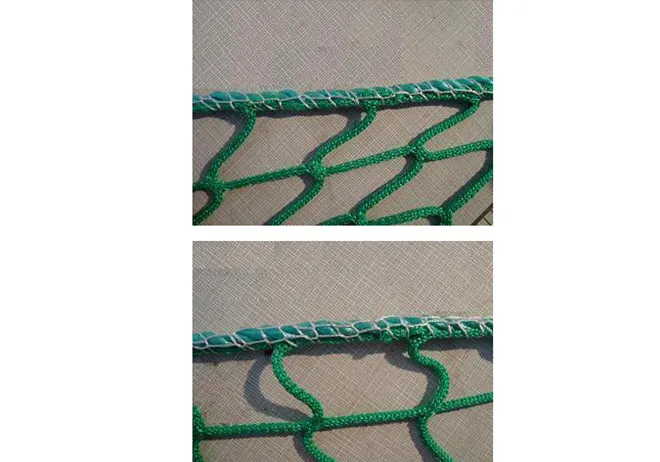Stitching Technologies for Enhanced Machine Operation in Overcast Conditions
The Art of Machine Overcast Stitching A Comprehensive Guide
In the world of sewing and garment making, finishing techniques play an essential role in ensuring durability, neatness, and aesthetic appeal. Among various methods, the machine overcast stitch stands out for its versatility and efficiency. This article will explore the concept of machine overcast stitching, its applications, benefits, and tips for effective use.
Understanding Overcast Stitching
Overcast stitching is a technique used to finish the raw edges of fabric to prevent fraying and unraveling. Traditionally, this method has been executed by hand, but advancements in sewing technology have made the machine overcast stitch a favored choice among both beginners and experienced sewists. The stitch can be produced using a variety of sewing machines, including sergers and standard sewing machines equipped with the appropriate presser foot.
The overcast stitch essentially wraps the raw edge of the fabric with thread, securing it in place while simultaneously creating a decorative effect. Unlike traditional straight or zigzag stitches, machine overcast stitches are designed specifically to preserve the fabric edge without adding excess bulk.
Applications of Machine Overcast Stitch
Machine overcast stitching is primarily used in garment construction, quilting, and various craft projects. Its applications include
1. Garment Sewing When sewing garments, the overcast stitch can be applied to seams to prevent them from fraying. It's particularly useful for lightweight fabrics that are prone to damage during wear and washing.
2. Quilting Quilters often use machine overcast stitching to finish the edges of quilt blocks. This technique not only helps in maintaining the integrity of the fabric but also adds an artistic touch to the quilt's design.
3. Crafts In the realm of crafts, overcast stitching can be employed to enhance the durability of fabric-based projects such as bags, home décor items, and upholstery.
4. Lining and Facings Overcasting is also used on linings and facings to give a professional finish, ensuring that all raw edges are neatly secured.
Advantages of Machine Overcast Stitching
The machine overcast stitch offers several advantages over hand stitching and other finishing methods
machine overcast stitch

- Speed The machine overcast stitch allows for quick finishing of edges, significantly reducing the overall time spent on a sewing project.
- Consistency Machine stitching delivers uniform results, ensuring that each stitch is even and precise, which is particularly crucial for professional-quality garments.
- Customization With varying stitch widths and lengths available, sewists can customize the appearance of their overcast stitches to complement their projects.
- Strength Machine overcast stitches provide a strong hold on raw edges, which may be especially beneficial in areas subject to significant stress or movement.
Tips for Effective Use
To make the most out of machine overcast stitching, consider the following tips
1. Choose the Right Stitch Familiarize yourself with the different types of overcast stitches available on your machine. Each type serves unique purposes, so choose one that aligns with your fabric and project requirements.
2. Test Your Settings Before starting on your main project, test your overcast stitch settings on scrap fabric. This will allow you to adjust tension, stitch width, and length to achieve the desired outcome.
3. Prepare Your Fabric Ensure that your fabric edges are trimmed and properly aligned before using the overcast stitch. This will help avoid unnecessary bulk and ensure a smoother finish.
4. Use Appropriate Thread The choice of thread can drastically affect the final look of your overcast stitching. For a more discreet finish, consider using a thread that matches your fabric color.
5. Maintain Your Machine Regularly cleaning and oiling your sewing machine will help keep it running smoothly, ensuring that you achieve the best results with your overcast stitching.
Conclusion
Machine overcast stitching is an invaluable technique in the sewing world, offering a quick and efficient method of finishing raw edges. Its applications range from garment construction to quilting and crafts, providing both functionality and aesthetic appeal. By understanding its benefits and implementing effective techniques, sewists can elevate their projects to new standards of quality and professionalism. With practice and creativity, the machine overcast stitch can become a powerful tool in any sewer's arsenal.
-
Industrial Cylinder Arm Sewing Machine: Revolutionizing Heavy-Duty SewingNewsJul.28,2025
-
Cylinder Arm Sewing Machine: Perfect for Special Sewing ApplicationsNewsJul.28,2025
-
Cylinder Bed Sewing Machine: Essential for Sewing Complex MaterialsNewsJul.28,2025
-
Heavy Duty Sewing Machine: The Essential Tool for Industrial ApplicationsNewsJul.28,2025
-
Computerized Pattern Sewing Machine: Revolutionizing Precision StitchingNewsJul.28,2025
-
Heavy Duty Industrial Sewing Machine: Power Meets PrecisionNewsJul.28,2025
-
Leather Sewing Machine: The Industrial Standard for Tough MaterialsNewsJul.18,2025





























